In this article, Alexandre VERLET (ESSEC Business School, Grande Ecole Program – Master in Management, 2017-2021) explains why financial markets invented futures and how they function.
Where do futures come from and how are they different from forwards?
Sometimes, derivatives get so complex that finance can seem quite disconnected from real-world economics. Nevertheless, futures were originally introduced for a very practical reason: for farmers to hedge against their crops’ price volatility. Research suggests that the first know examples of futures contracts dates back to the 1700’s in Osaka, Japan. Rice was widely used as a currency – even the Samurai warriors were paid in rice, but with no central control whatsoever. Imagine a currency with no central bank to control it, and whose quantity in circulation is also vulnerable to bad harvests. Growing pressure the Samurai class, whose relative income had dropped compared to the merchant class, led to the creation of the Dojima Rice Exchange, the first trading market for futures in history.
That allows us to introduce what futures are, and how they are different from forwards. A futures contract is defined as a firm commitment between two counterparties to buy or sell a specific quantity of an asset (the underlying) on a given date (the maturity date) and at a price agreed in advance. Wait, isn’t it the exact same definition as a forward contract?
Yes, but forwards are traded OTC (over-the-counter), while futures are only traded on organised markets, usually futures exchanges. That is the only actual difference, but this difference leads to others. Organised markets are structured in such a way as to optimise their operation as much as possible and to increase liquidity. This is achieved through standardisation. As we have seen, the maturities of futures contracts are standardised. By grouping the end dates of contracts at a few annual dates, the exchanges ensure a large volume of trading at these precise times, thus increasing the probability that each participant will find a counterparty. The problem of liquidity does not really arise for forwards, because the counterparty is known in advance. As a result, the maturity dates of forwards are much more flexible, as the two participants can make arrangements as they see fit. In the case of forwards, the credit risk depends on the financial strength of the counterparty. Another fundamental feature of organised markets is the use of a clearing house. It serves as a counterparty to the holders of futures contracts. This system also makes it possible to eliminate, or at least limit, the credit risk In the case of forwards, the credit risk depends on the financial strength of the counterparty. Since futures contracts were key in the emergence of organised markets and clearing houses, you will find a more detailed explanation of what clearing houses actually do at the end of this article.
What is being traded?
The main category of futures contracts are by far interest rate futures, followed by index futures, currency futures and commodities futures. Commodities futures were the only type of future from the 18th century to the 1970’s, with the gold futures and the oil futures as the star products. Inside those markets, some products are much more popular than others: the most traded futures are S&P 500 futures, 10 years Treasury notes and crude oil futures. Let us zoom on index futures to understand the actual difference between forwards and futures. Index forwards basically do not exist, while index futures are way more popular than equity futures. Stock market indices have been considered by investors as the barometers of the markets, as they are composed of a set of stocks, usually the largest capitalisations in a market. However, indices have a disadvantage in that they cannot be bought directly. It is true that indices were designed more as indicators than as assets to be traded. Theoretically, it is possible to buy an index by building up a portfolio with all the stocks in the index in question as components. However, this is not practical, if only because of the prohibitive brokerage fees involved. The alternative is to buy an index fund, or Index Tracker, or ETF (Exchange-Traded Fund). An index fund is an investment fund that tracks the performance of a stock market index. In the world of futures, buying an index futures contract is as simple as buying a stock futures contract. This is possible because of the nature of futures. As we have seen, when trading a futures contract, it is not necessary to own the underlying asset, as only the gain (or loss) in value is traded. Knowing that this gain or loss is itself a function of the rise or fall of the underlying asset, it is understandable that it is as easy to design index futures as it is to design stock futures. In fact, it is more even more convenient for an investor to buy an index futures contract than to buy a stock futures contract. Since the CME8 introduced the first S&P 500 Index futures contract in 1982, index futures have been a success. Even today, S&P 500 futures are the most widely traded futures contract in the world, although futures contracts exist for most of the known indices.. The popularity of index futures contracts has resulted in increased volumes and therefore liquidity of these contracts, which would be impossible in the case of index forwards.
Futures and organized markets
But let’s go back to the history of futures, which is crucial to understand how financial markets are organised today. It was in the United States that a new page in the history of futures was written after the Dojima Rice Exchange. The country gained its independence in 1776 and from then on experienced exceptional growth, driven in particular by a very dynamic agricultural sector. In this context, one city in particular stood out: Chicago. The city was strategically located in the heart of the Great Lakes region, known as the “breadbasket of America”. Chicago quickly became the epicentre of the raw materials trade in the United States. It was with this in mind that the Chicago Board of Trade (CBOT) was created in 1848. This exchange was created in particular to facilitate and secure the exchange of futures contracts. It was the first exchange of its kind in the world, but it would not be the last. Fifty years later, the forerunner of what would become the Chicago Mercantile Exchange (CME) in 1919 was founded. New York was not to be outdone, as in 1882 the New York Mercantile Exchange (NYMEX) also opened its doors. These three exchanges (CBOT, CME and NYMEX) are now combined into a single entity within the CME Group. In Europe, the futures market will initially be organised around three strong centres. The London International Financial Futures and Options Exchange (LIFFE), Eurex and Euronext. Eurex is the result of the merger of the Deutsche Terminbörse (DTB) and the Swiss Options and Financial Futures Exchange (SOFFEX). Euronext is the result of the merger of the French, Dutch, Belgian and Portuguese stock exchanges. But the merger/acquisition phenomenon did not stop there. In 2006, the New York Stock Exchange (NYSE) absorbed Euronext, followed by LIFFE a year later. The combination will give rise to NYSE Euronext, which will itself be acquired in December 2012 by the Intercontinental Exchange (ICE). In the rest of the world, the main exchanges are the Tokyo Financial Exchange (TFX) in Japan and the Bolsa de Valores, Mercadorias & Futuros BOVESPA (BM&FBOVESPA) in São Paulo, Brazil.
Going deeper into the clearing house system
Basically, a clearing house is a financial entity whose objective is to eliminate counterparty risk. It is the buyer of all sellers and the seller of all buyers. Its role is to manage the different positions of its clients. It also determines the amount of the security deposit and triggers margin calls. In detail, a clearing house has four main roles: single counterparty, position management, risk management and delivery of the underlying. The single counterparty is achieved by acting as a substitute for the buyer and seller to guarantee the successful completion of transactions. If our counterparty defaults, we still get paid, since in this system our real counterparty is the clearing house. The position management means the clearing house receives and records all transactions. It also makes sure that there is a seller opposite each buyer. This is called reconciliation. It generates a confirmation for each transaction. It also calculates the balance of each open position. In addition, it ensures that the risk management system works properly. The Risk management role is when the clearing house asks its members to pay a deposit for each position, the amount of which it determines unilaterally. It also determines the limit of the maintenance margin, the threshold at which the margin call is triggered. This margin call makes it possible to reconstitute the margin deposit. However, in extreme cases, these arrangements may be insufficient to cover the losses of an insolvent counterparty. To mitigate this type of situation, the clearing house has an additional guarantee fund. This fund is paid for by the clearing house’s clients and is usually pooled with other funds. In addition, the clearing house has an additional guarantee fund to compensate for this type of situation. Lastly, the delivery of the underlying: in principle, a clearing house does not directly manage delivery. However, it is the clearing house that gives the order to the central depository to carry out the settlement or delivery, once it has ensured that each of the counterparties got his products or cash. This brings us to another link in the chain: the central depository. A confusion is generally made between clearing houses and central depositories. In Europe, LCH Clearnet is the main clearing house. It was formed in 2003 from the merger between the main British clearing house, The London Clearing House, and the main French clearing house, Clearnet. In contrast, Euroclear or Clearstream are International Central Securities Depositories, or ICSDs. Euroclear, originally created by the bank J.-P. Morgan & Co, is very active in most European countries. In order to limit Euroclear’s monopoly on the European custody market, Germany decided in 1971 to create an institution known today as Clearstream.
To conclude, futures and forwards are very similar in some ways, but the fact that futures are only traded on organised markets changes many things, especially since it is the futures themselves that made necessary the creation of financial markets as we know them.
Related posts on the SimTrade blog
▶ Alexandre VERLET Understanding financial derivatives: options
▶ Alexandre VERLET Understanding financial derivatives: forwards
▶ Alexandre VERLET Understanding financial derivatives: swaps
About the author
This article was written in May 2021 by Alexandre VERLET (ESSEC Business School, Grande Ecole Program – Master in Management, 2019-2022).



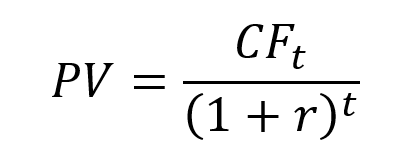
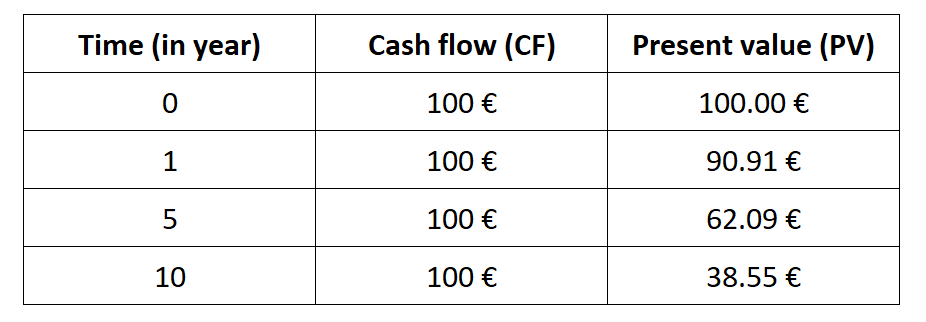

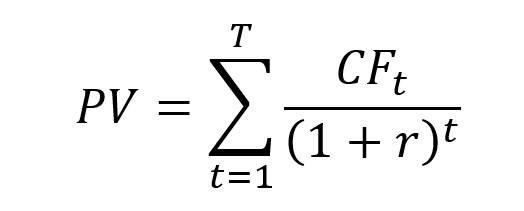

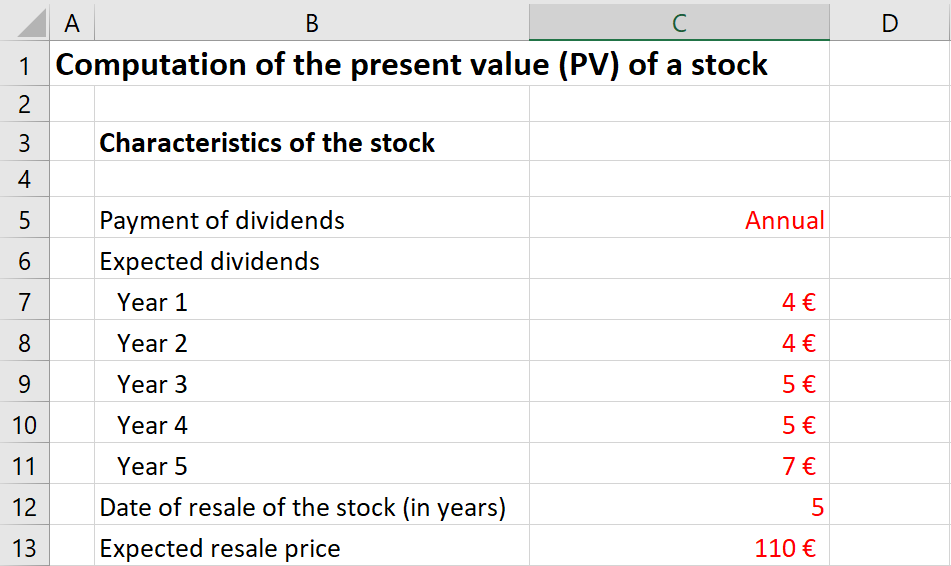



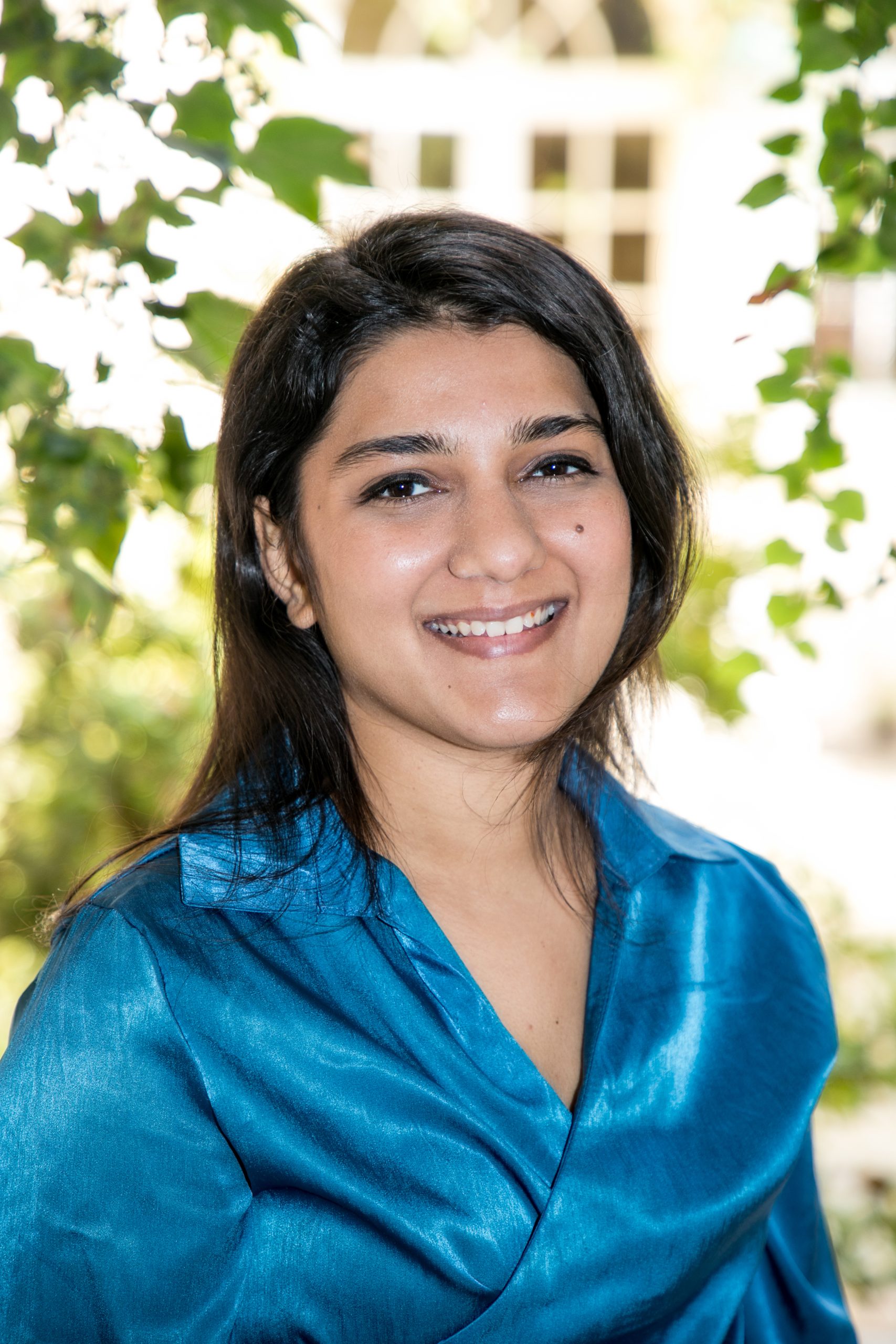
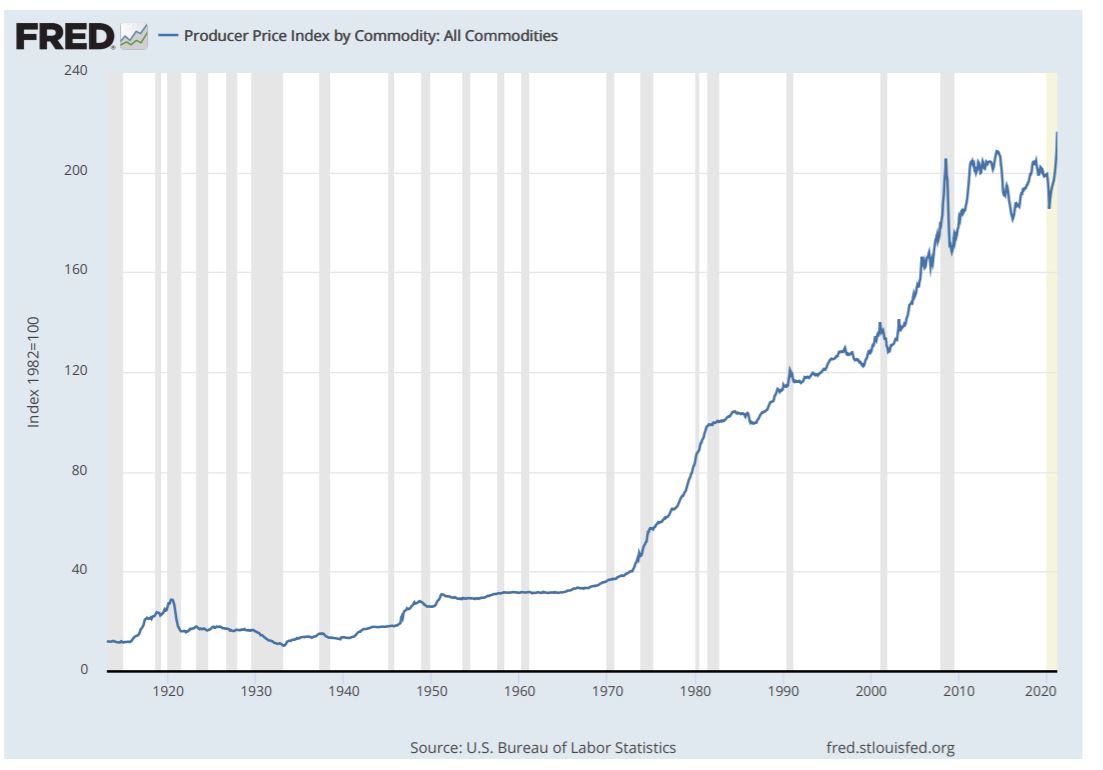


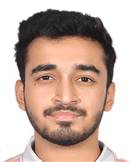
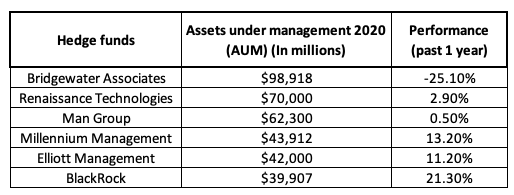

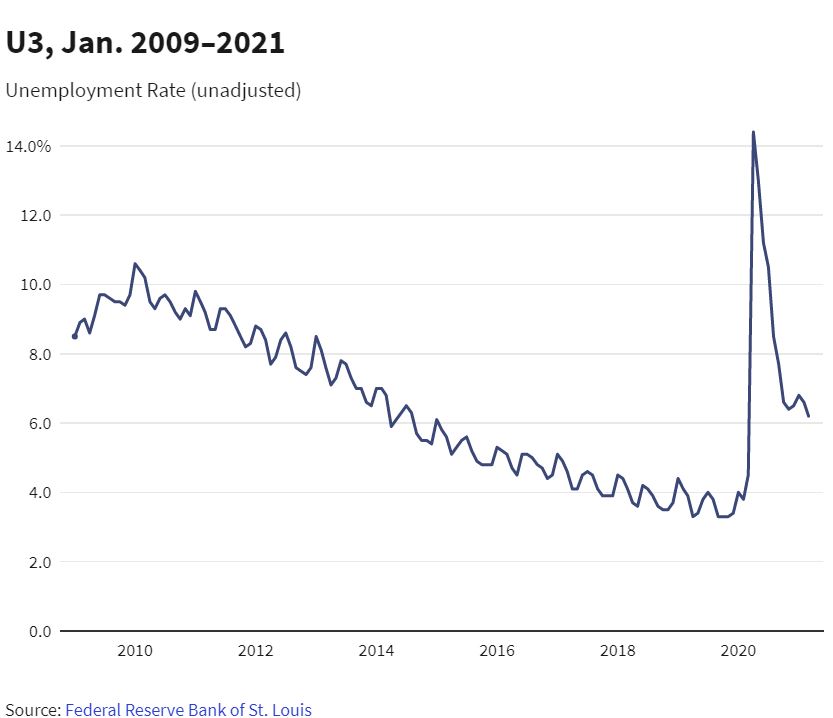
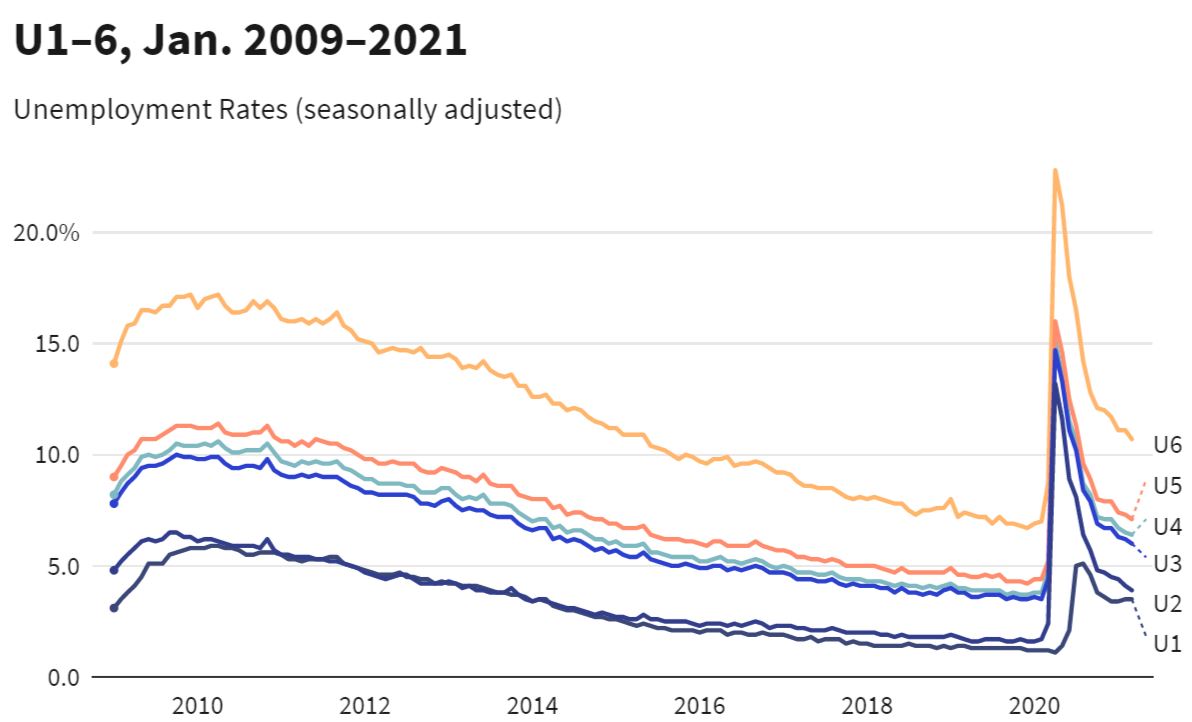

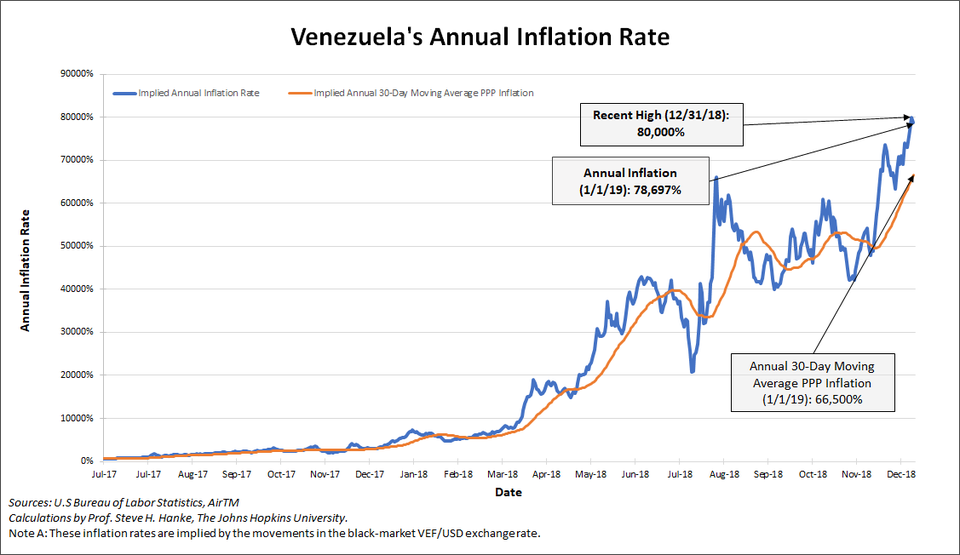
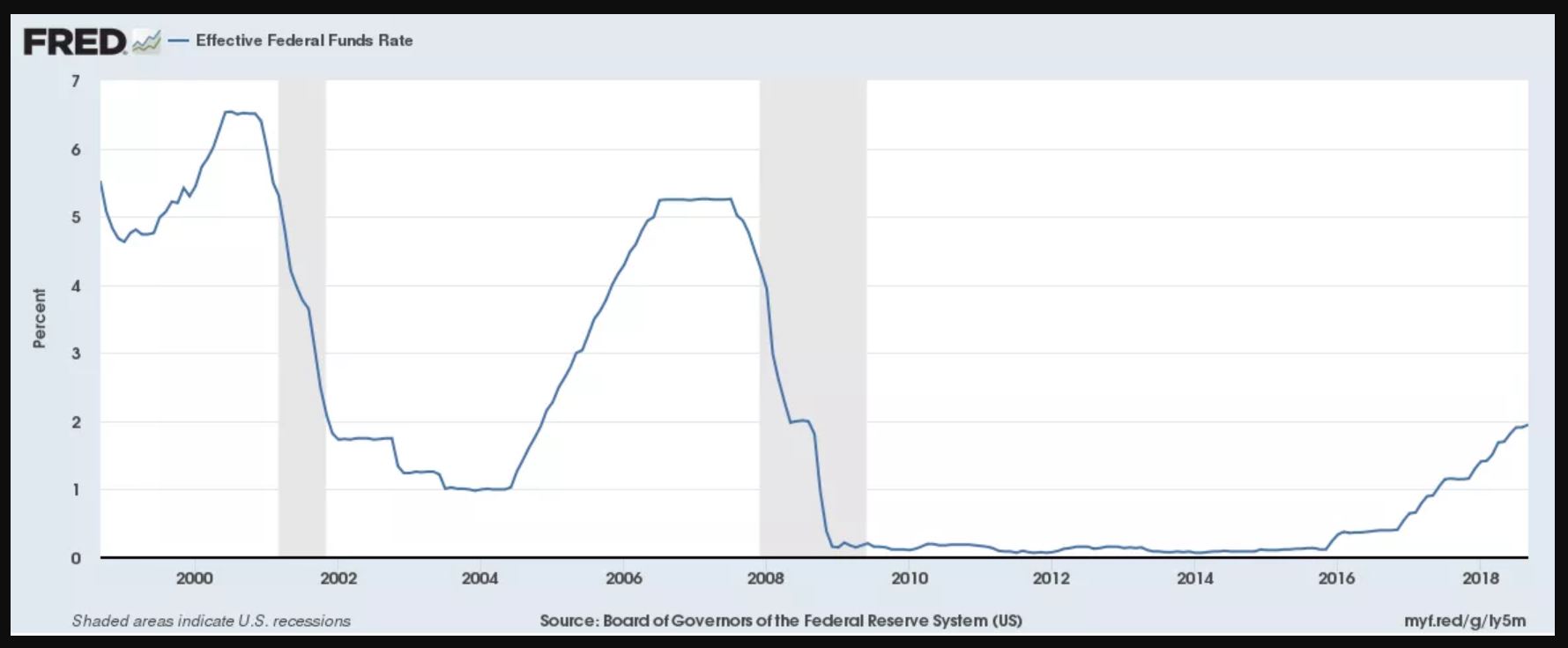
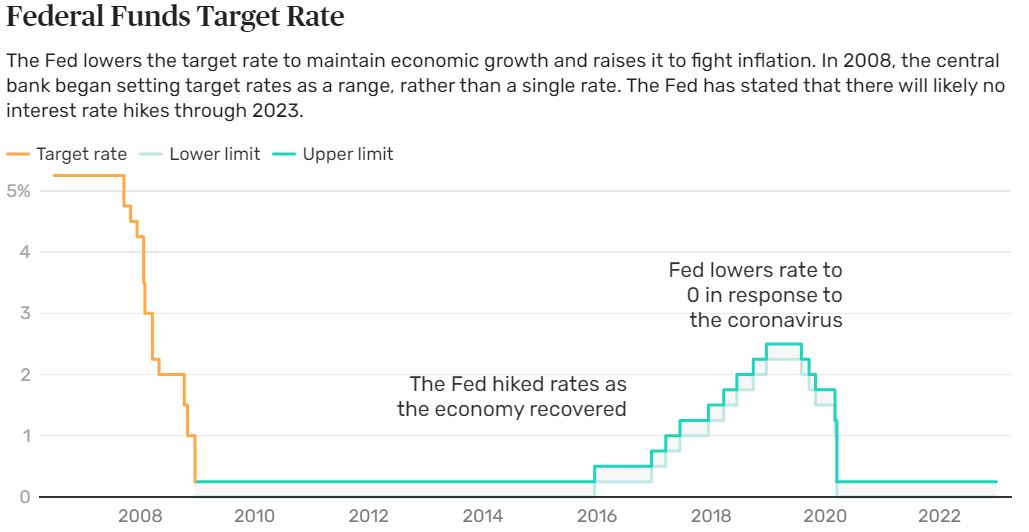 Source:
Source: 
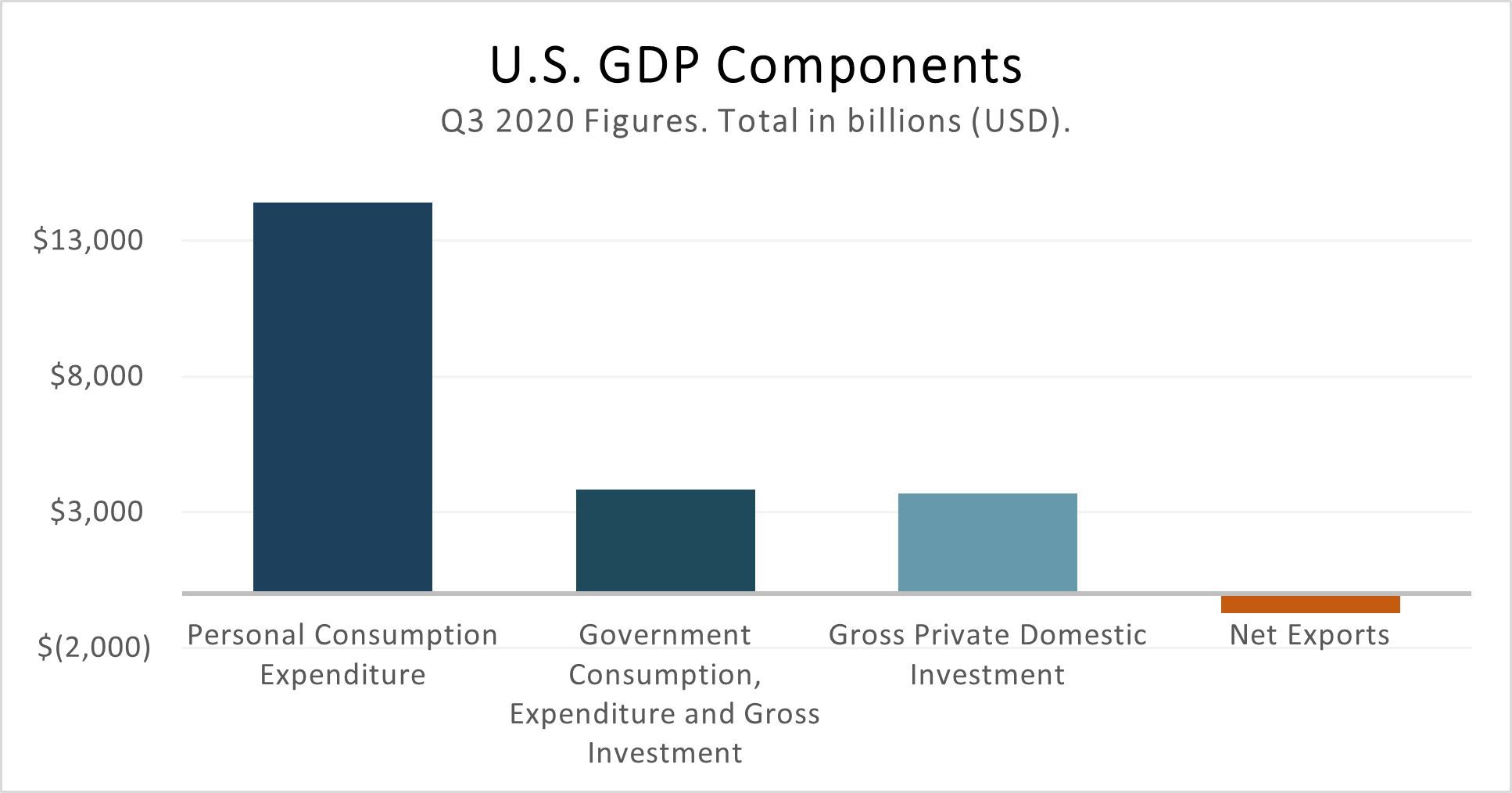
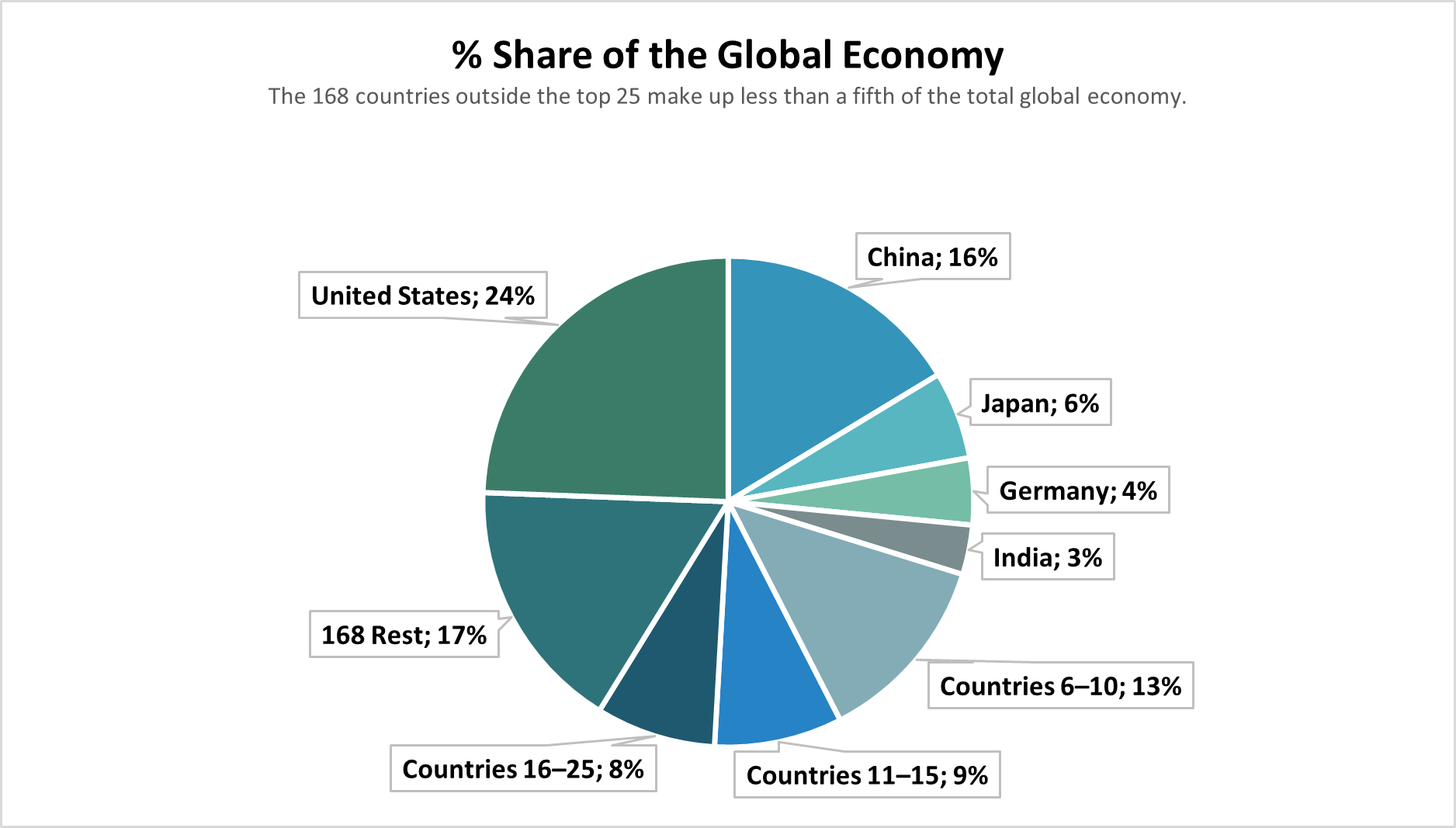
 Source: Datacommons.org
Source: Datacommons.org
